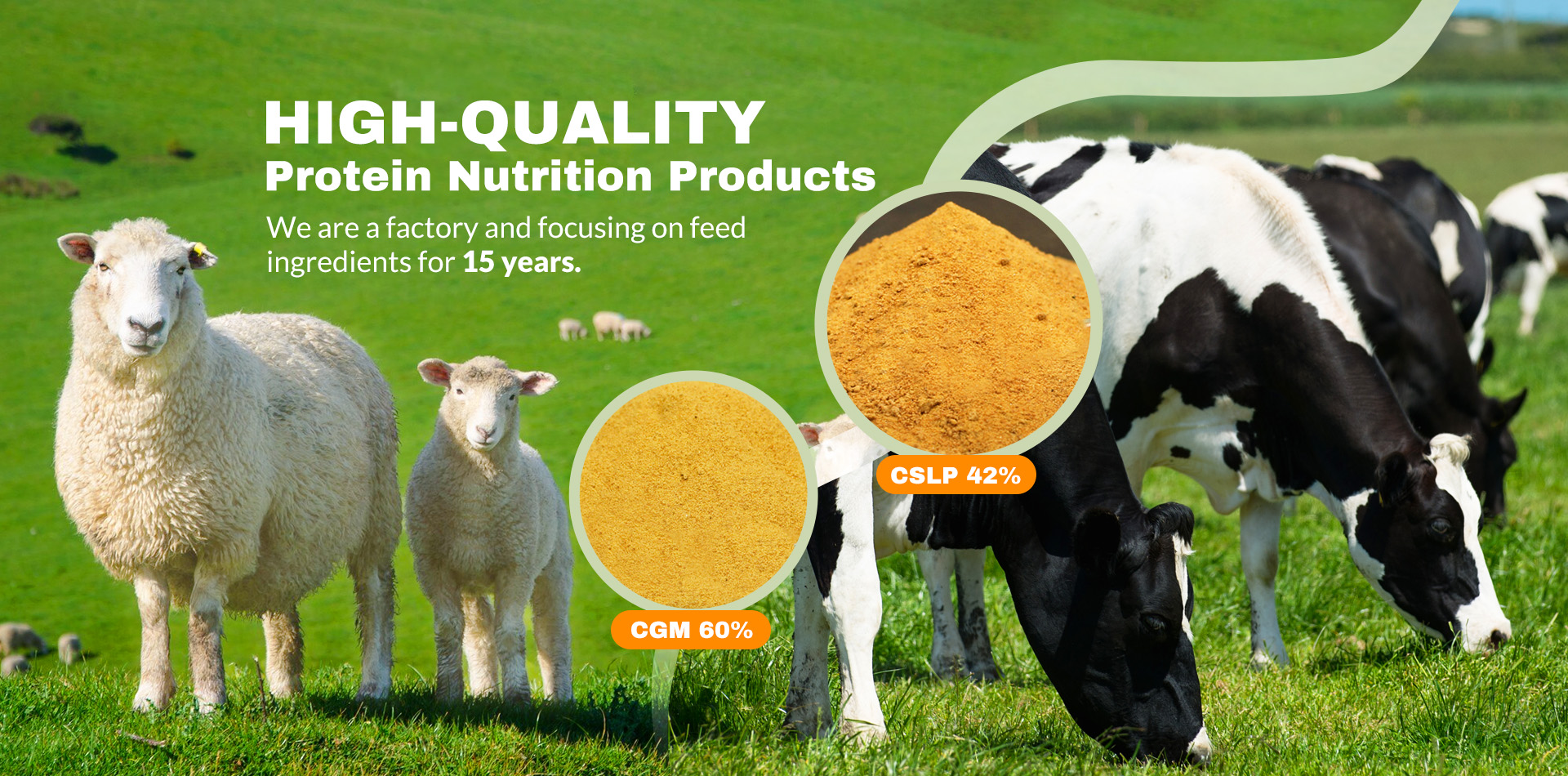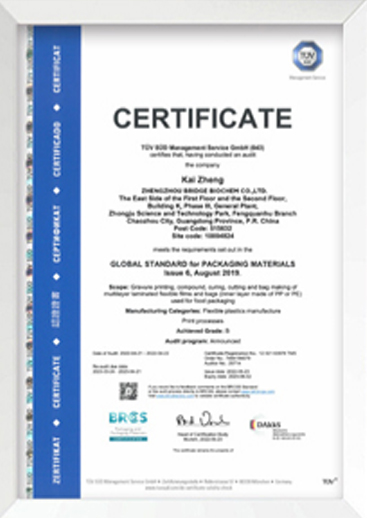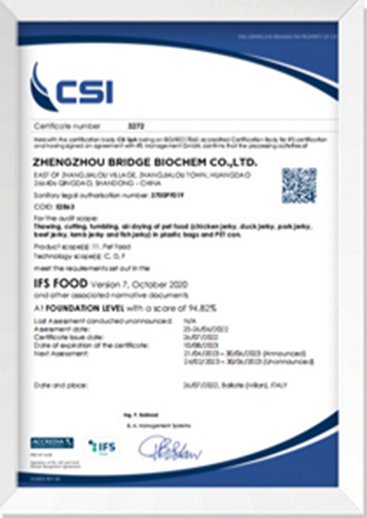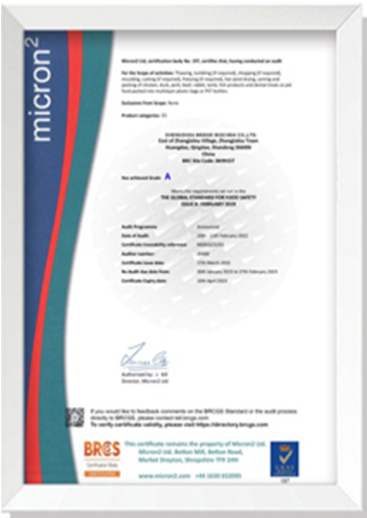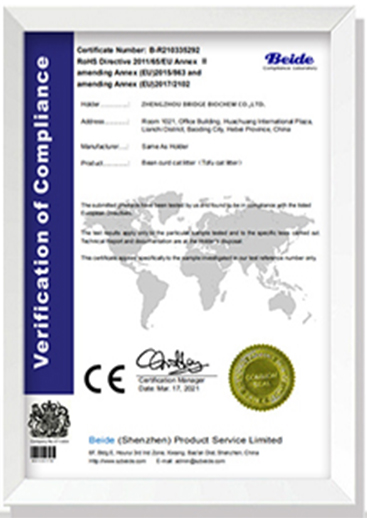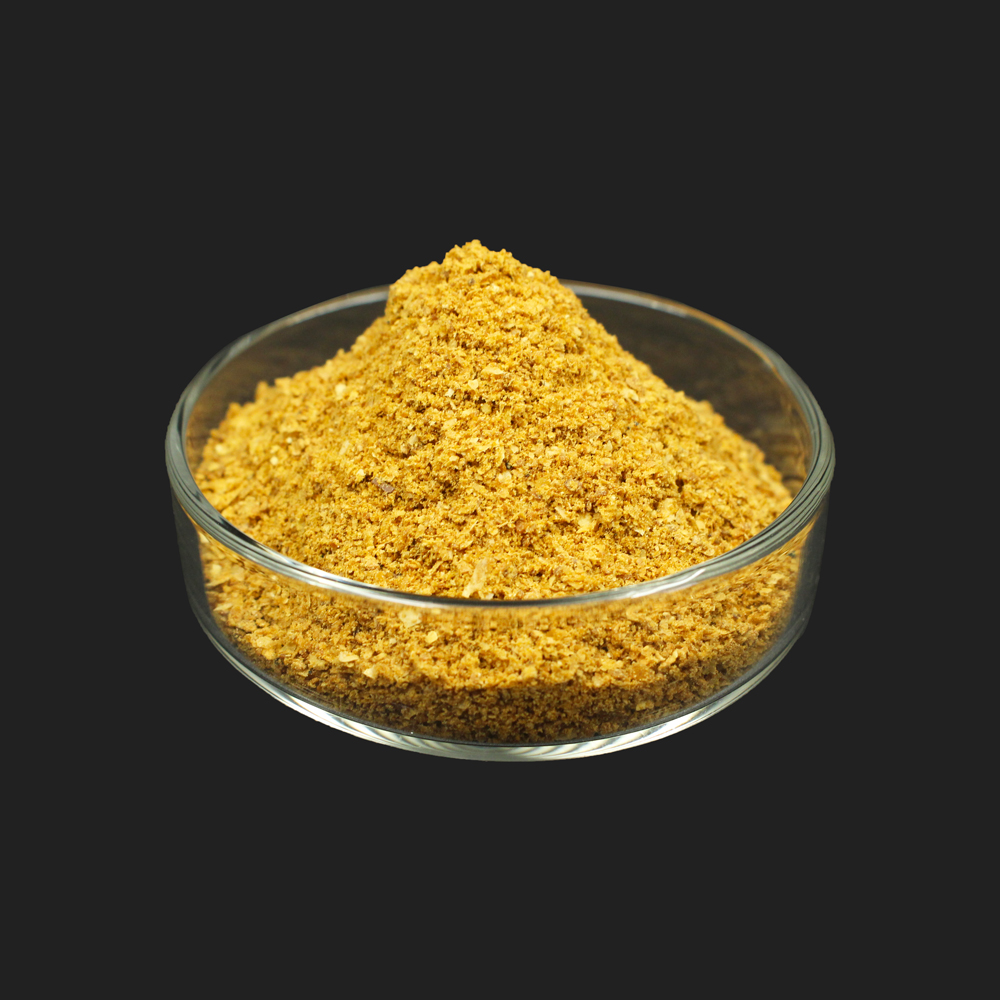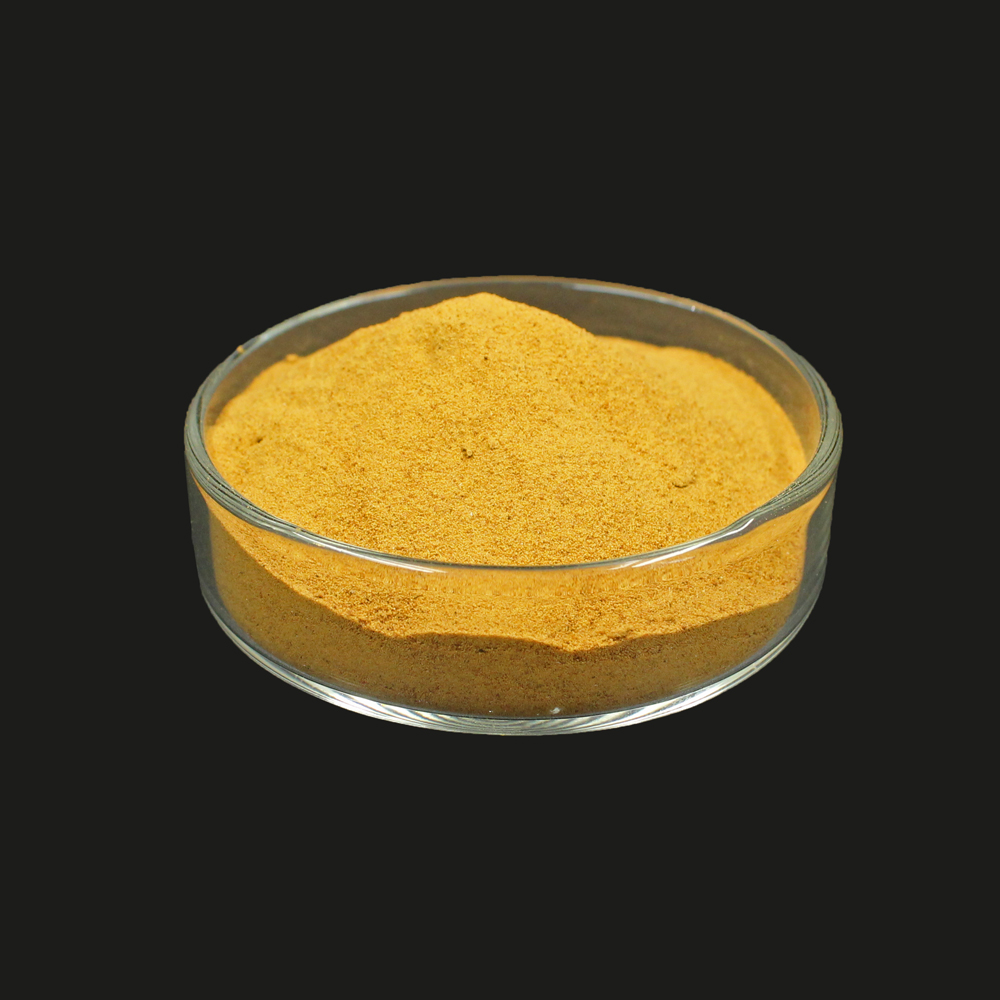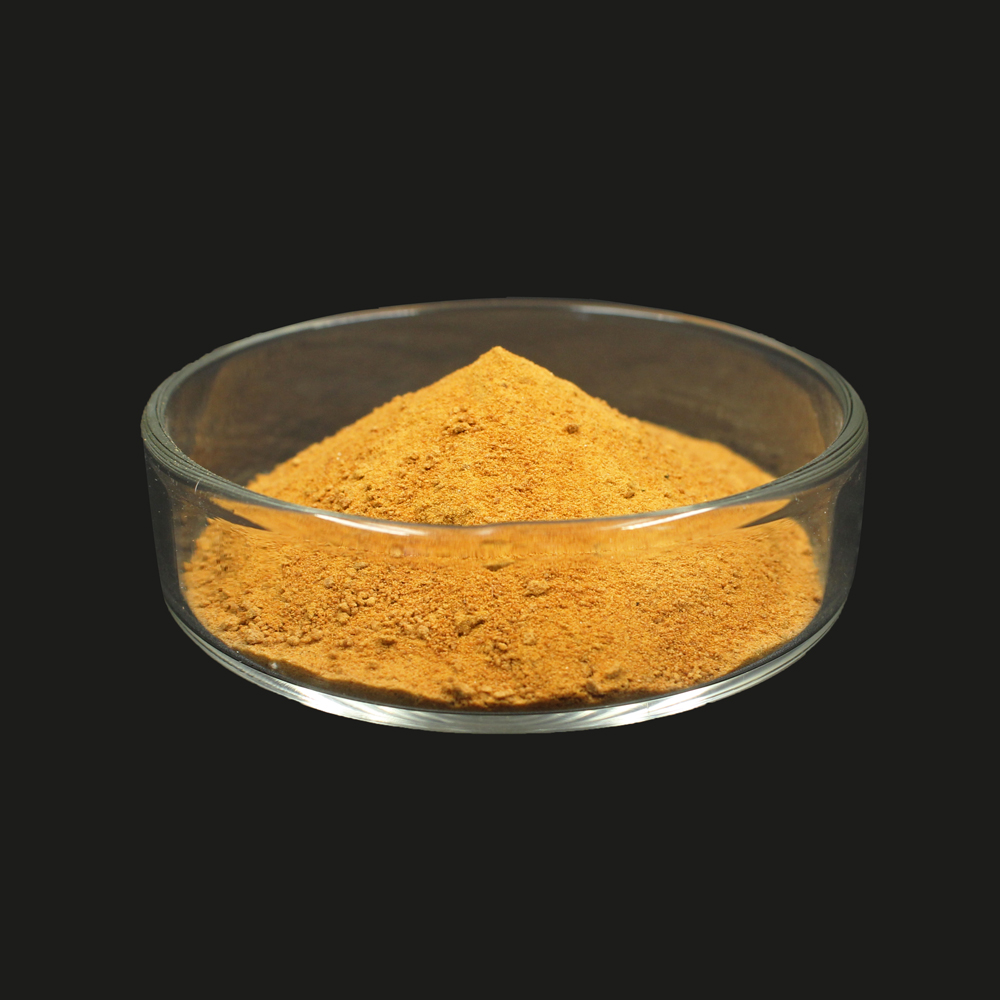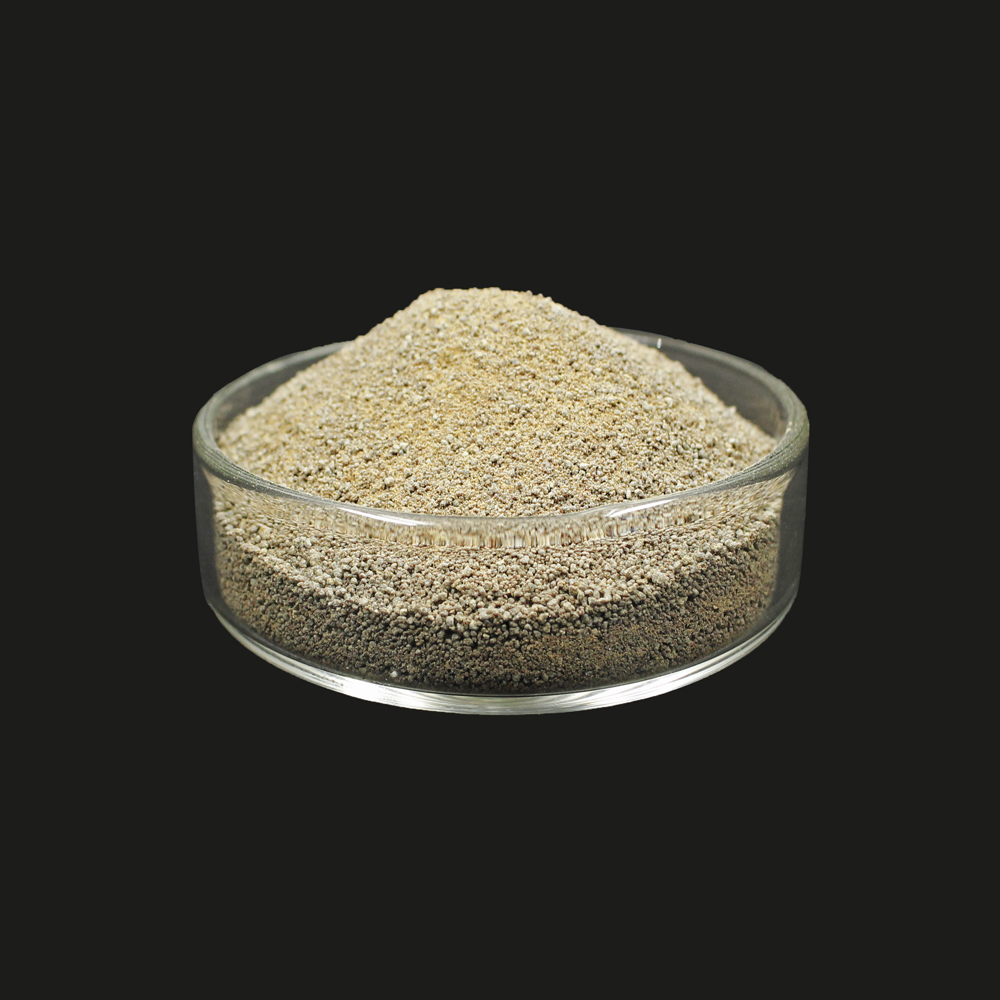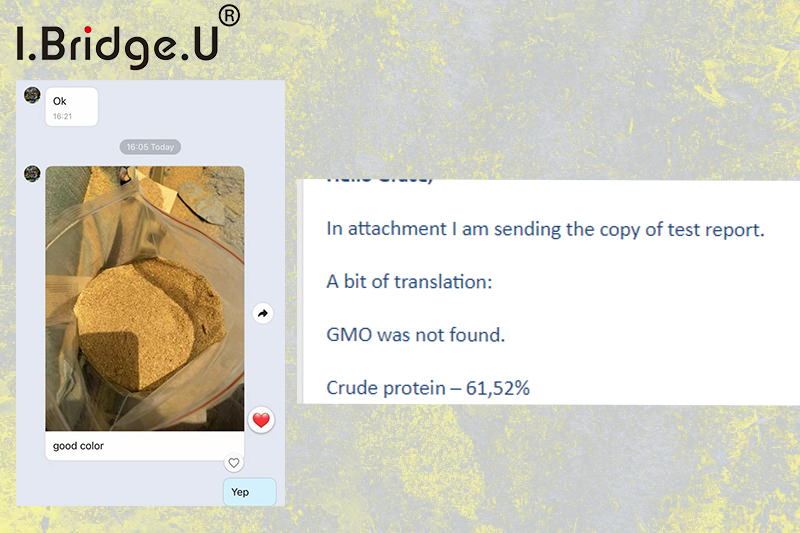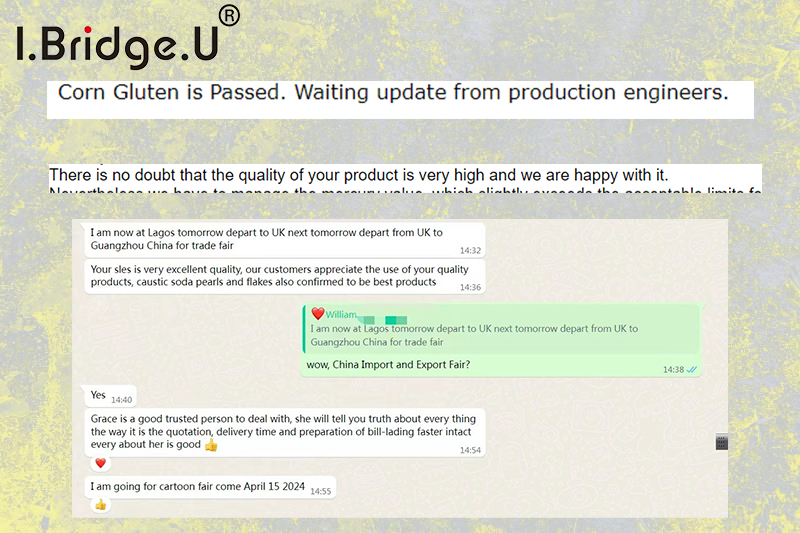Application Status and Development Trend of Feed Protein Sources
With the rapid development of large-scale farming, the market demand for feed continues to expand and demanding. This makes the competition in the feed industry more intense. In the composition of feed, protein source is a vital and necessary part. The manufacturer's reasonable choice of protein source largely determines the market competitiveness of the product. This article briefly reviews the application status and development trend of common protein sources at present, in order to provide a certain reference value for the selection of feed protein sources.
Its protein content is generally above 60, its amino acid composition is good, its price is reasonable, and its resources are abundant. It is currently the most widely used plant protein source. At present, this type of substance has been widely used in livestock, poultry, and aquatic fields, and has good application prospects and space.
Among cereal proteins, the biological value (B.V.) and protein value (P.V.) of Rice Protein are higher than other proteins. The amino acid composition of rice protein is balanced and reasonable, and the amino acid content is rich and diverse, which is unmatched by other plant proteins. In addition, the biological value and amino acid composition ratio of rice protein are higher than those of cereal crops such as wheat, barley, millet, and corn. The digestibility is 66.8%, which is one of the higher among cereal proteins.
1.3 Mycoprotein MSG 70%
MSG residue is a single-cell protein obtained by inoculating Corynebacterium glutamicum in corn starch sugar and obtaining glutamic acid supernatant dry matter after direct fermentation process. It is a microbial raw material product between animal and plant protein feeds, rich in various amino acids, trace elements, digestive enzymes and rich growth factors, which is conducive to digestion and absorption by animals. It can replace some high-protein raw materials such as fish meal and corn protein meal in feed, and is widely used by feed companies.
1.4
When choosing protein sources, different combinations and matching should be made according to different feeding objects. Plant protein sources are sufficient and inexpensive, and can scientifically replace and supplement Animal Protein sources, which is conducive to reducing breeding costs and improving breeding quality. With the continuous advancement of science, its advantages will be further reflected and will make greater contributions to the development of the breeding industry.
Corn Gluten Meal 60%;Rice Protein Powder 70%;Mycoprotein 70%
